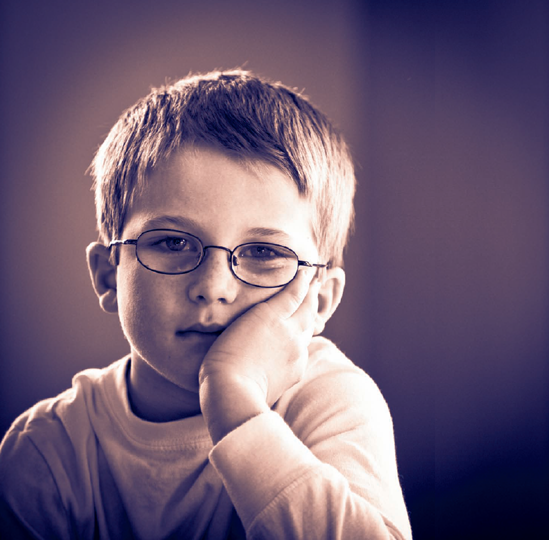Chapter 9. TONING, COLORING, AND SPECIAL EFFECTS

Old-process Effects
Adding Tints and Tones
Split Toning
Coloring Monochrome Images
Infrared Effects
High Dynamic Range
Compositing New Images
When many people think of black-and-white images, they think of old images that are monochrome, but still have an overall slight color to them. These tones could be due to how the chemicals and paper react to age and the environment, just as much as they could be an added effect.
Adding color to black-and-white images can add interest and feeling to an image. And it can be a great way to emulate the look of old images.
OLD-PROCESS EFFECTS
There are a few effects that make images look vintage. The darkened corners, called vignettes, are from lenses that were not quite up to par on old cameras. Additionally, older photographs tend to have some color tones to them from the developing process and from age. The tones can range from warm to cool, and can even be a bit blotchy.
One of the first things that I notice in older photographs is the contrast. Many old photographs were taken with very simple cameras by photographers with very little technical expertise, or without techniques that we take for granted now, such as flash. Few photographers had their own black-and-white darkrooms; the photographs were sent to the Kodak factory to be processed. Because of this, either the contrast of these images tends to be ...
Get Black and White Digital Photography Photo Workshop now with the O’Reilly learning platform.
O’Reilly members experience books, live events, courses curated by job role, and more from O’Reilly and nearly 200 top publishers.

